Volvo Trucks overhauls its medium-duty electric truck duo
With a gross vehicle weight of up to 16.7 tonnes, the Volvo FL Electric is designed primarily for urban delivery transport and waste management. The Volvo FE Electric is an offshoot with up to 27 tonnes. The two electric trucks have been on the market since 2019 and, according to Volvo Trucks, are “sold in multiple markets across Europe, Middle East, Africa, Asia and Australia.” The new version is now available to order.
In addition to a battery update already communicated in the summer, Volvo Trucks has given the duo a visual update and doubled the AC charging power from 22 to 43 kW. According to the manufacturer, this will reduce the charging time with alternating current by around 50 per cent. Volvo previously stated 16.8 hours to 100 per cent SoC. In future, approximately 8.4 hours should be sufficient.
Another new feature is the electric power take off interface, thanks to which superstructures can be operated directly electrically in future. It will “body building without an electric-mechanical motor, simplifying body building and saving weight”, Volvo explains. Other updates include a redesigned front end, LED headlights, slimmer exterior mirrors, an optional 360-degree camera and new safety functions. The latter include Vulnerable Road User Detection, side collision monitoring and a driver warning system.
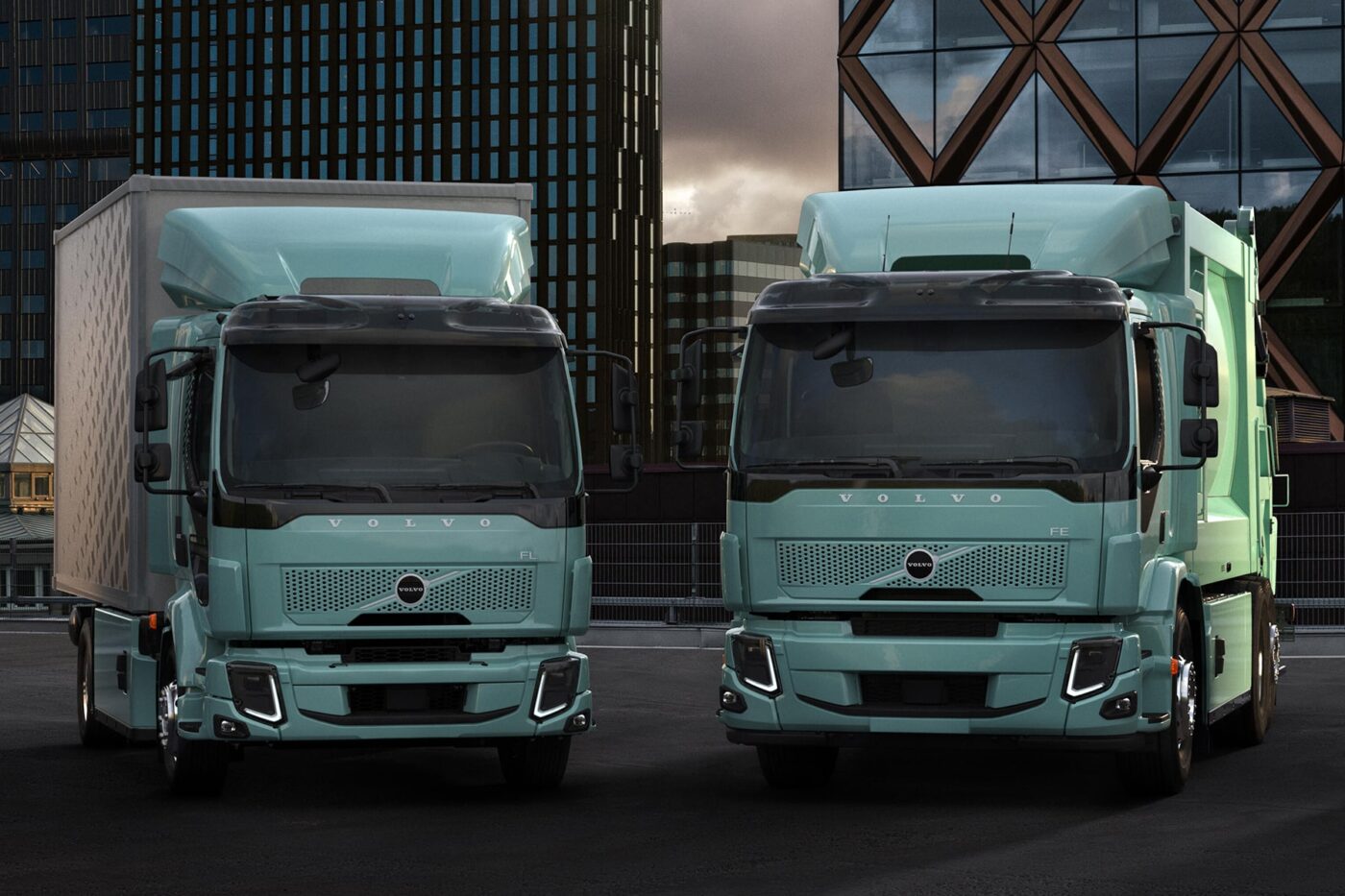
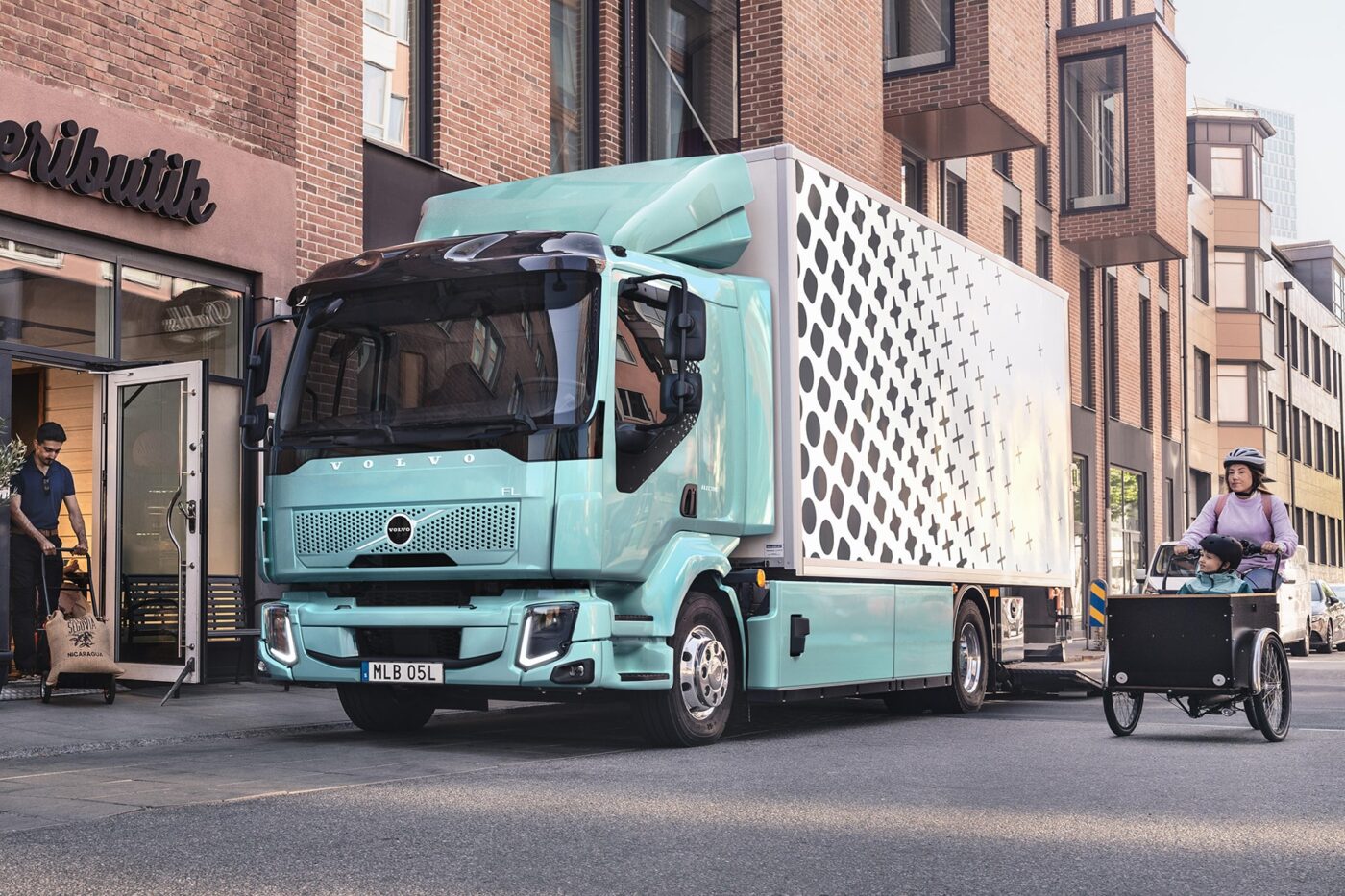
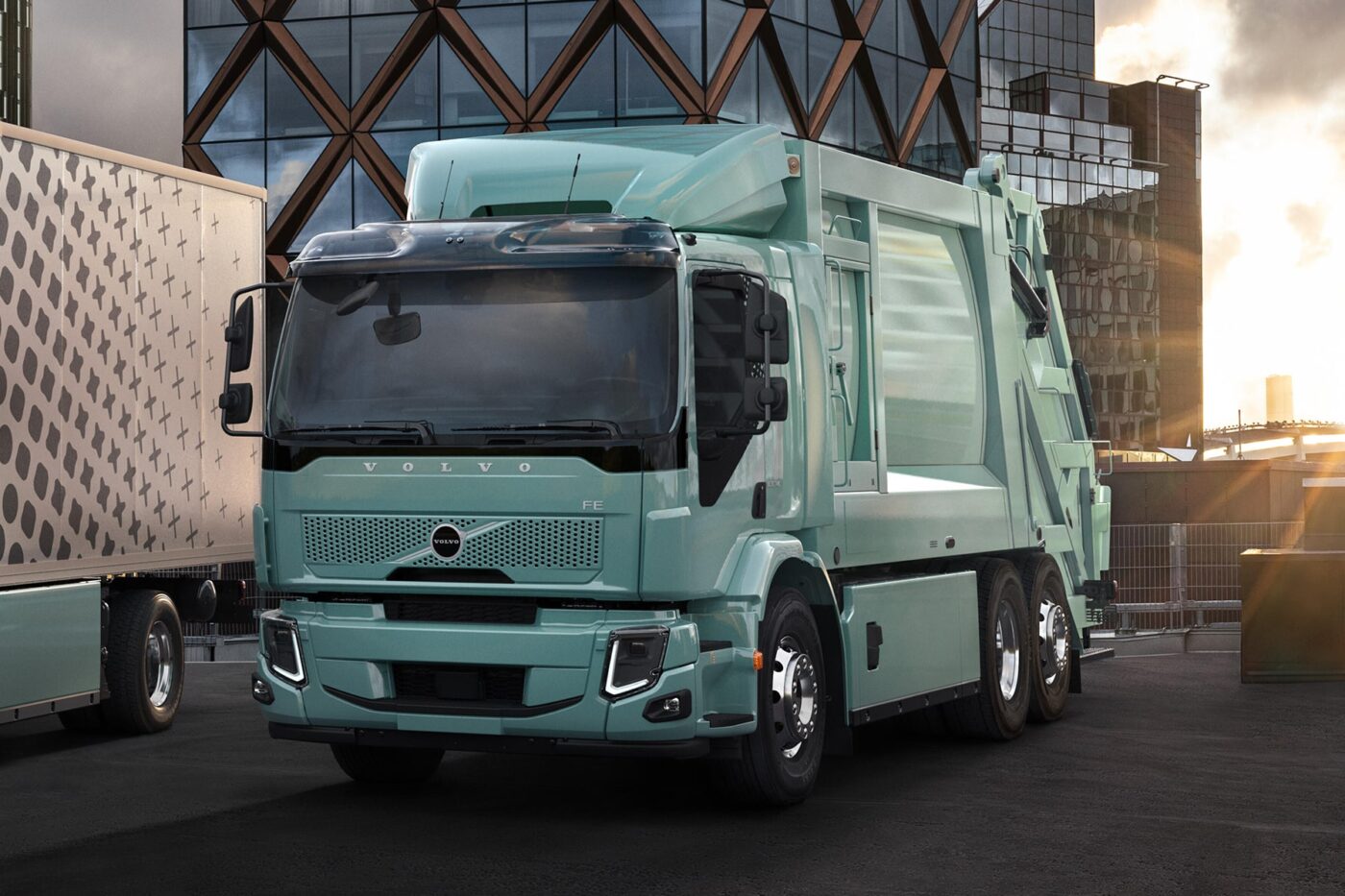
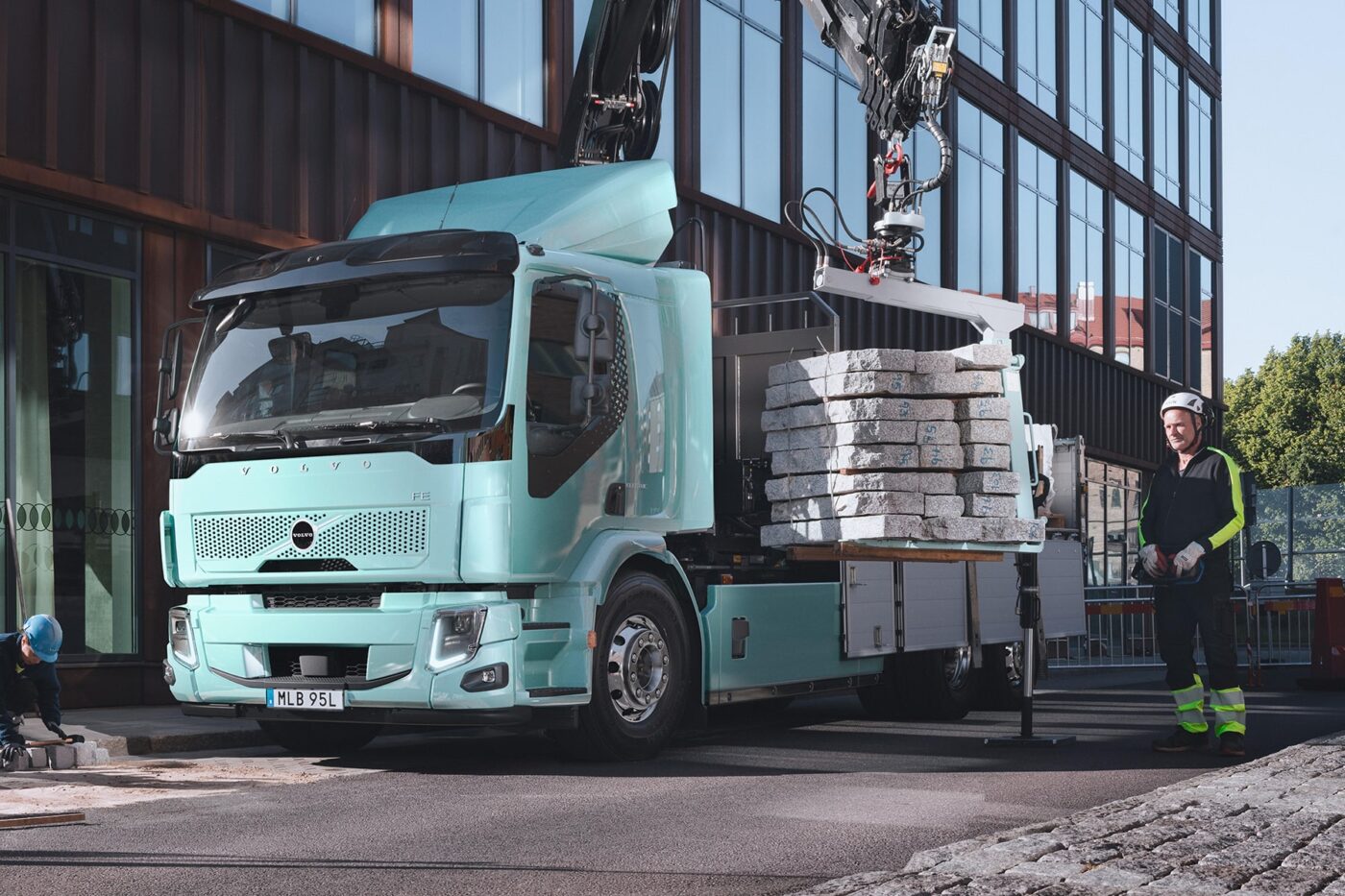
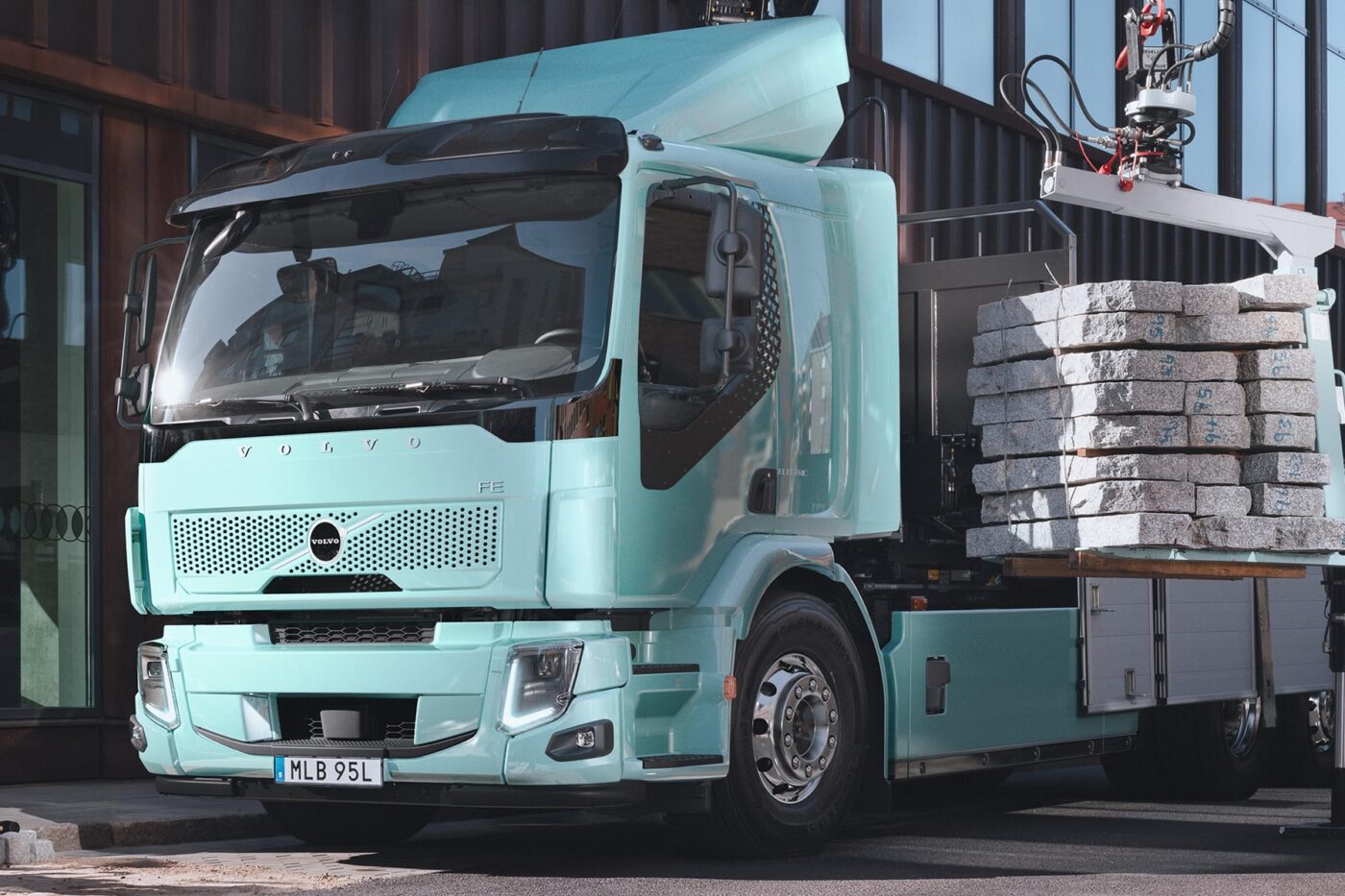
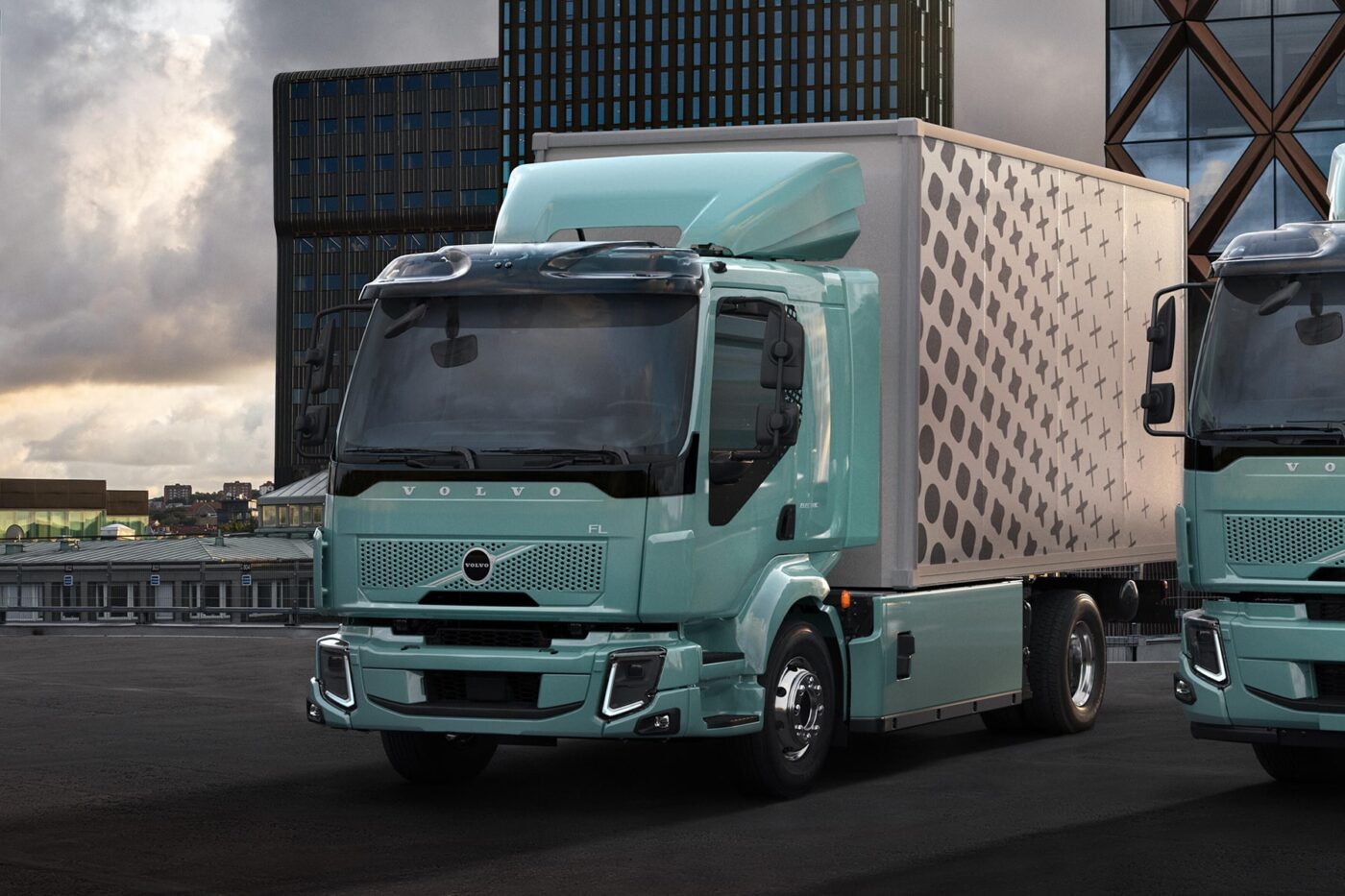
We already reported on the new battery generation in the summer. It will extend the range of the FE and FL Electric to up to 450 kilometres. Deliveries of vehicles with the improved batteries on board should begin in autumn 2023.
At the sales launch of the battery-electric Volvo FL in 2019, customers could still choose between two and six lithium-ion battery packs, each with 50 kWh. In the meantime, the manufacturer had already increased the energy content per pack to 66 kWh. The next step followed in June 2023, when Volvo introduced battery packs with a further 42 per cent more energy capacity, corresponding to around 94 kWh.
Three to six of these 94 kWh packs can be installed in the FL Electric, which corresponds to a capacity of 280 to 565 kWh and should enable a range of 280 (three packs) to 450 kilometres (six packs) in distribution traffic. The single-engine drivetrain remains unchanged. The 16.7-tonne truck continues to deliver up to 180 kW at its peak. DC fast charging is still possible with up to 150 kW at CCS charging points.
In the FE Electric, the improved battery is noticeable. With three to a maximum of four packs, the 27-tonne truck will have an energy content of 280 to 375 kWh and a maximum range of 275 kilometres. Volvo says this figure applies to distribution transport without an electromechanical PTO. With this feature – typical for refuse collection – range is reduced to up to 200 kilometres. There are no changes to the drive system here, either. The twin-engine drive is specified with up to 225 kW.
Alternatively, customers who do not require longer ranges can opt for smaller batteries and thus increase their payload. That is about “500 kilograms for each battery not carried,” as Volvo specified in the summer.
“Volvo Trucks has a market leading offer of electric trucks – and we are constantly improving them to enable more businesses to take the step to zero emission vehicles for their daily operations”, says Jessica Sandström, Head of Product Management at Volvo Trucks. “The upgraded Volvo FL- and FE-models are ideal work tools for businesses with sustainability high up on their agendas, offering a wide range of applications for their customers.”
Since Volvo Trucks began producing fully electric trucks in 2019, the company’s statistics show that almost 5,000 electric trucks have been sold in 40 countries worldwide. However, Volvo does not differentiate by weight class. In addition to the two medium-duty electric trucks mentioned above, the Swedes also have the heavy-duty FH, FM and FMX models in their portfolio and the medium-duty VNR for North America. Volvo Trucks’ goal is for half of all trucks sold worldwide to be electric by 2030.

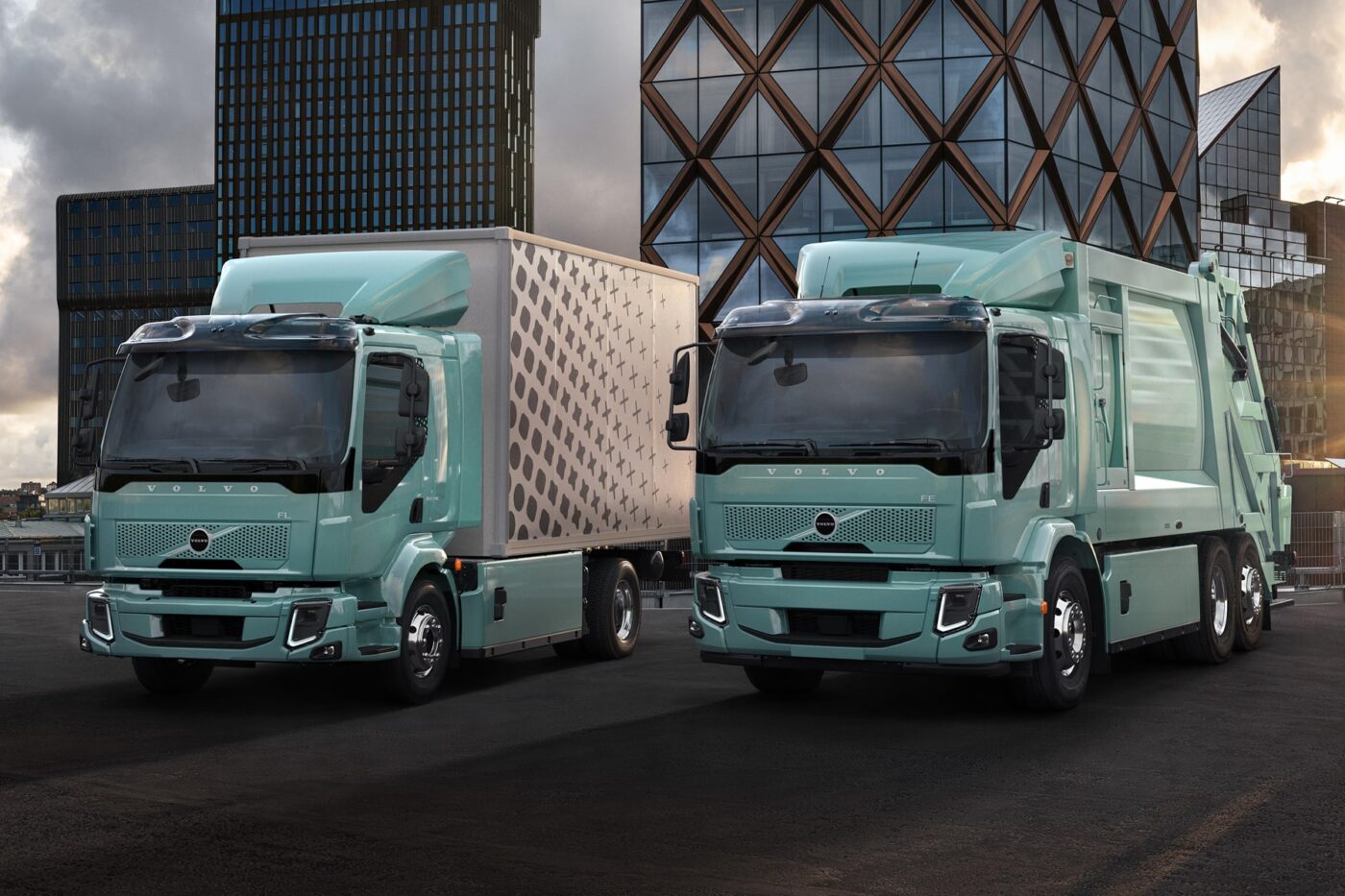
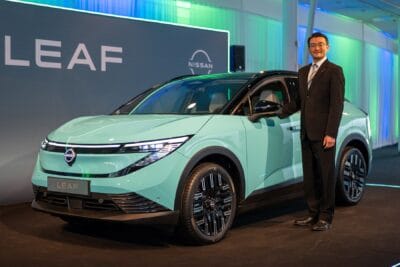

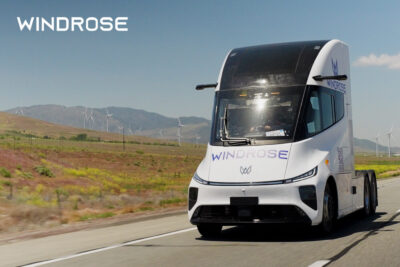
1 Comment